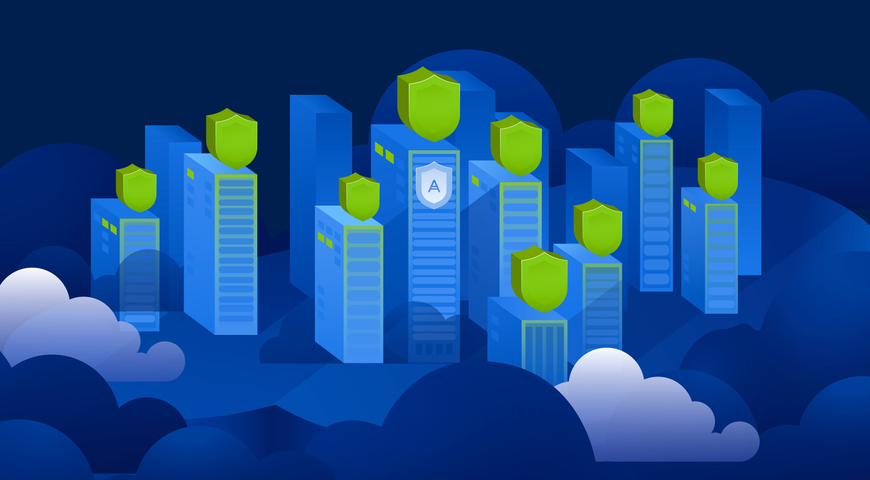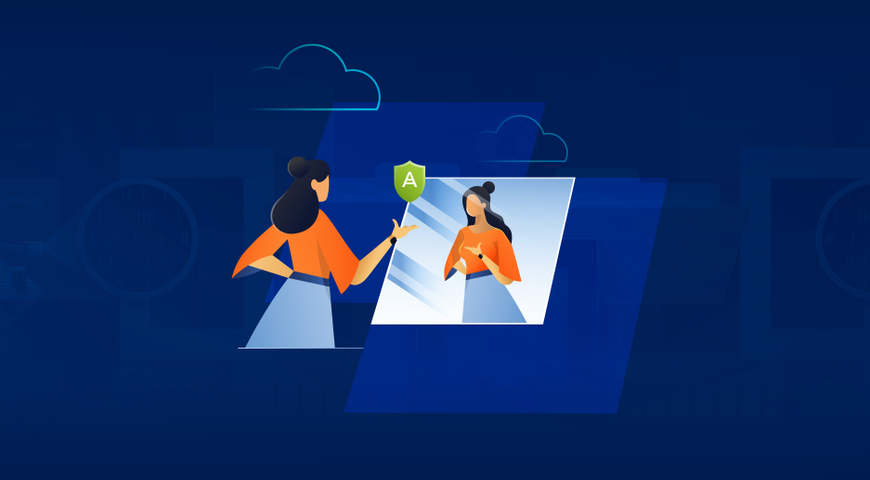
As the channel landscape grows increasingly complex, vendors must truly understand the market — and their partners' customers — to provide value. That's true for data protection and backup services alike, though changes in buying behavior have altered the definition of a strategic relationship between vendors and their managed service provider (MSP) partners. Here, Ashar Baig, research director at Gigaom Research and a channel expert, explains the data protection challenges MSPs' customers face, how vendors can help their partners help themselves and what MSPs look for in a vendor partner.
Given the big changes in IT, such as cloud adoption and virtualization, what do MSPs need to know to advise their customers about data protection?
Cloud computing is now entering the mainstream, which has created a golden opportunity for service providers. Companies that aren’t already using the cloud are in the final evaluation stages. Historically one of the easiest ways to utilize cloud computing is by using the cloud for data backup. Data backup is one of the first things companies outsource to a service provider.
On the other hand, the cloud backup market is getting commoditized. To combat that commoditization, service providers are moving toward the most recent cloud consumption trend: higher value services (HVS). There are two reasons for this: first, data backup is sold at the lower levels of the organization where price is the overriding factor in the purchase decision. Every time that happens, the turnover rates will be very high because there is always someone who is willing to sell at a cheaper price. MSPs need to move up higher in the organization to sell.
Secondly, IT decision makers don’t buy data backup. Instead, they buy business continuity or disaster recovery because it means something to them. When companies send a copy of data offsite every night, they don’t know if it’s recoverable or if it really got there. The litmus test is when they need to recover data following a data loss event. Oftentimes, they find that their data has been corrupted and is not recoverable. That’s shocking to a lot of organizations that have backed up data for years and, when they go to recover from a disaster, realize their data is not there.
There are applications, such as Microsoft Outlook Exchange, that are all or nothing — meaning that even if a couple of files are missing, the data is not usable and Microsoft Exchange will not be restored.
What are some of the newer cloud-powered managed services offerings that MSPs should consider making available?
There are more than 65 XaaS [“Anything as a Service”] offerings offered by MSPs today, and that list continues to grow. Some of the popular ones are from companies that use the cloud for disaster recovery instead of building and managing their own disaster recovery site. Users have a first copy on-premises, and then send a second copy to the cloud for data protection purposes. Proactive monitoring is another example. The MSP knows about the issue the customer is having, fixes it and notifies the customer once it’s fixed.
Today’s mature virtualization technology has also enabled MSPs to provide VDR, or virtual disaster recovery, by spinning up their customer’s environment in the cloud and providing access for business continuity.
How should MSPs respond to their customers’ changing needs?
MSPs have service level agreements (SLAs) in place with enterprise customers. More and more, customers are demanding that these SLAs be application-specific. They dissect their data protection equation with the business continuity angle. They want to know how long it will take for the Exchange or SharePoint server to come back up. MSPs that can cater to their customers’ business continuity needs will rise above the others and will be able to capitalize from the cloud phenomenon.
Why is a strategic relationship important between a vendor and an MSP?
MSPs already offer managed services leveraging the technologies of a few vendors. They are not looking for another vendor supplier. What they want is a strategic partner that can provide marketing support, demand generation support, sales enablement for their sales and technical teams, and technical product training — essentially, everything that the MSP needs to grow their business and be profitable. That’s what a strategic partner means to the MSP.
MSPs want the vendor to help them grow their business, fight commoditization and make their service stickier. They are looking for strategic advice from their vendors partners to achieve these key goals.
So growing the MSP’s business is in the vendor’s interest?
It is called farming. It is harder to get a new customer than to retain an existing one, so it is paramount that the vendors grow the recurring revenues of their MSPs. The more the MSPs grows, the more the vendor grows. Vendors should have business development and client services teams in place not only to take new orders, but to strategically grow their service provider customers from, let’s say, a 20-terabyte service provider to 150-terabyte service provider.
Are there differences in the value vendors can provide to MSPs that serve SMB or enterprise clients?
When MSPs focus on low-end customers, they’ll always compete on price because that’s the overriding factor in very small environments. But enterprise customers have bigger needs. MSPs want their vendor partner to keep their ears to the ground to gauge the enterprise need for cloud services and guide them about new managed services offerings that they should offer to enterprise customers. As soon as the enterprise customer realizes that they may require a newer managed service, the MSP should have that managed service available.
[Image via Analyst Connection]
About Acronis
A Swiss company founded in Singapore in 2003, Acronis has 15 offices worldwide and employees in 50+ countries. Acronis Cyber Protect Cloud is available in 26 languages in 150 countries and is used by over 20,000 service providers to protect over 750,000 businesses.




